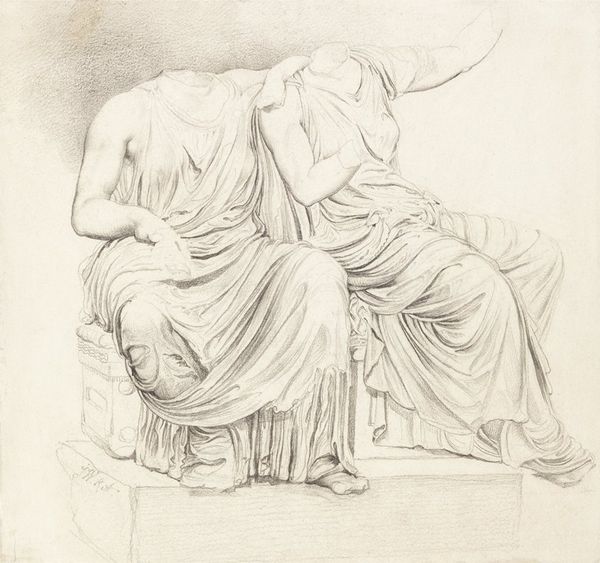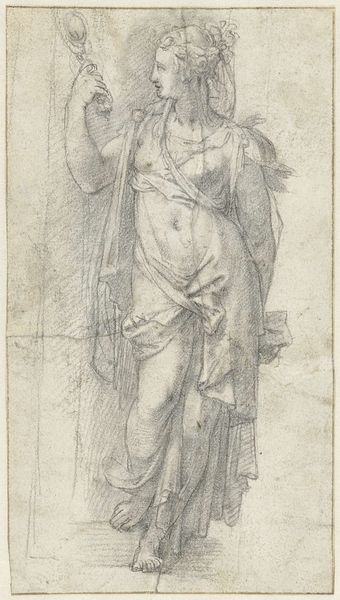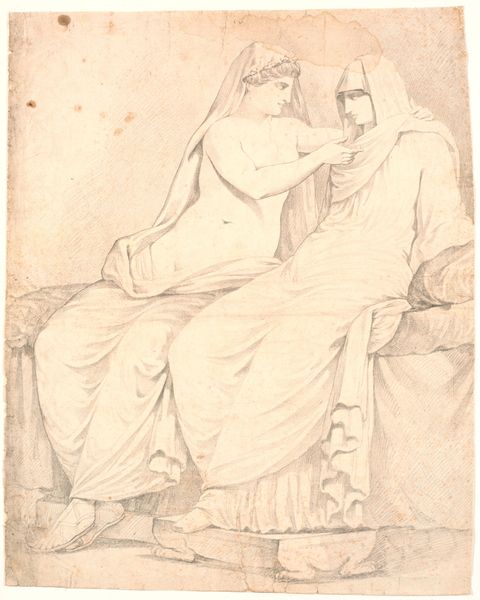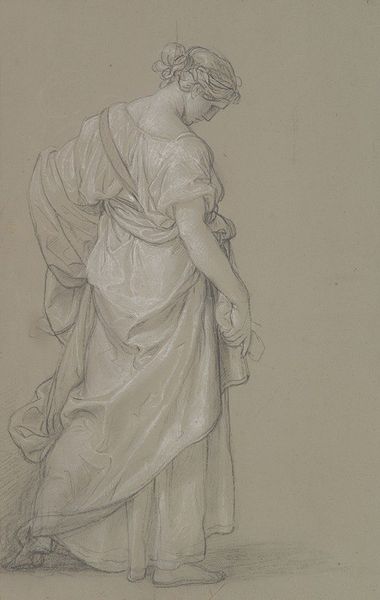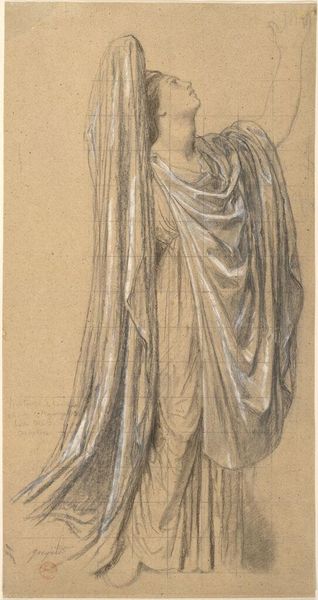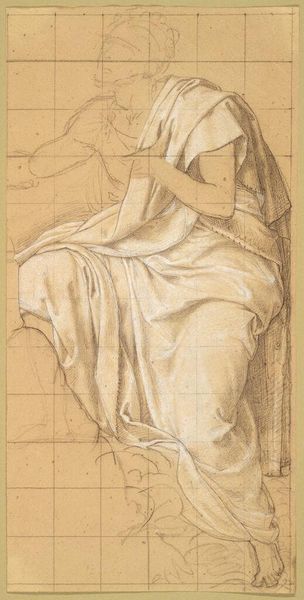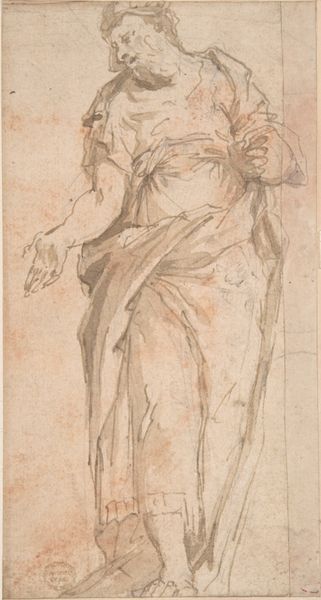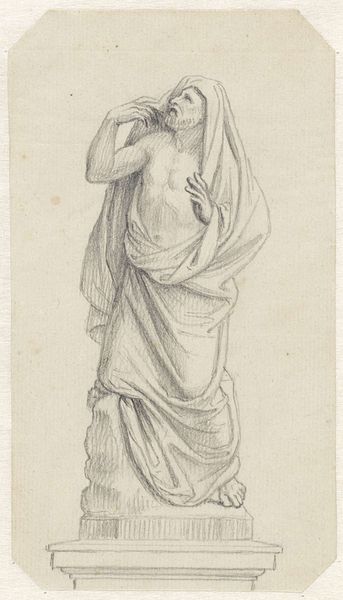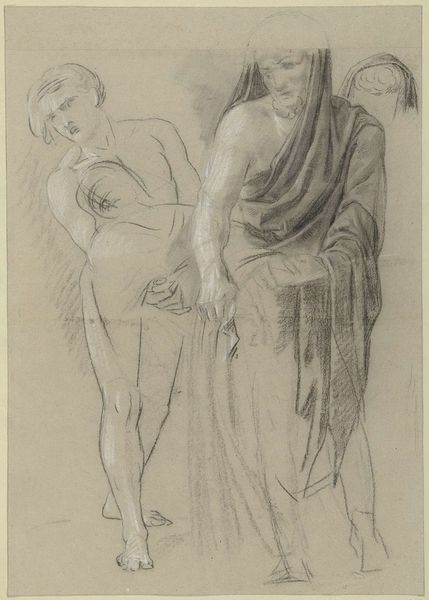
drawing, pencil
#
portrait
#
drawing
#
neoclacissism
#
pencil sketch
#
figuration
#
pencil
#
academic-art
Copyright: Public Domain: Artvee
Editor: This is "Two Studies of Virgil," a pencil drawing by Jean-Auguste-Dominique Ingres from around 1812 to 1825. The figures feel very…sculptural. What do you see when you look at this piece? Curator: Well, the physicality of the drawing itself interests me. We're seeing preparatory sketches here, an exploration of form rendered through the direct application of graphite to paper. Think about the accessibility of these materials: pencil and paper. Mass produced even then. What does this say about the democratization, or perhaps attempted democratization, of art production during the Neoclassical period? Editor: That's interesting, I hadn’t considered the material accessibility. So, beyond just the figures depicted, the very act of creating this drawing speaks to something? Curator: Precisely! Ingres wasn't just representing Virgil. He was engaging in a material dialogue, using readily available tools to evoke a classical ideal. Notice how he painstakingly renders the drapery; almost obsessively creating depth with crosshatching to showcase the craft behind achieving classical ideals. How does that affect your reading of the image? Editor: I see what you mean! It's almost like the act of drawing itself, the labor involved, is meant to elevate the subject to the level of classical importance, by association. Curator: Yes! Ingres attempts to ennoble his subject matter by showcasing the skillful labor involved in the work. Consider, too, the social context: this was a time of increasing industrialization and the rise of a new merchant class. How might the production and consumption of art, like this drawing, reflect these broader societal shifts? Editor: This has really changed my perspective on the artwork! It's not just about portraying a classical figure but showing the means behind how value gets created. Curator: Exactly! The means of production matter. That pencil, that paper, Ingres' hand—they all contribute to a larger understanding of the artistic process and its role in society.
Comments
No comments
Be the first to comment and join the conversation on the ultimate creative platform.
